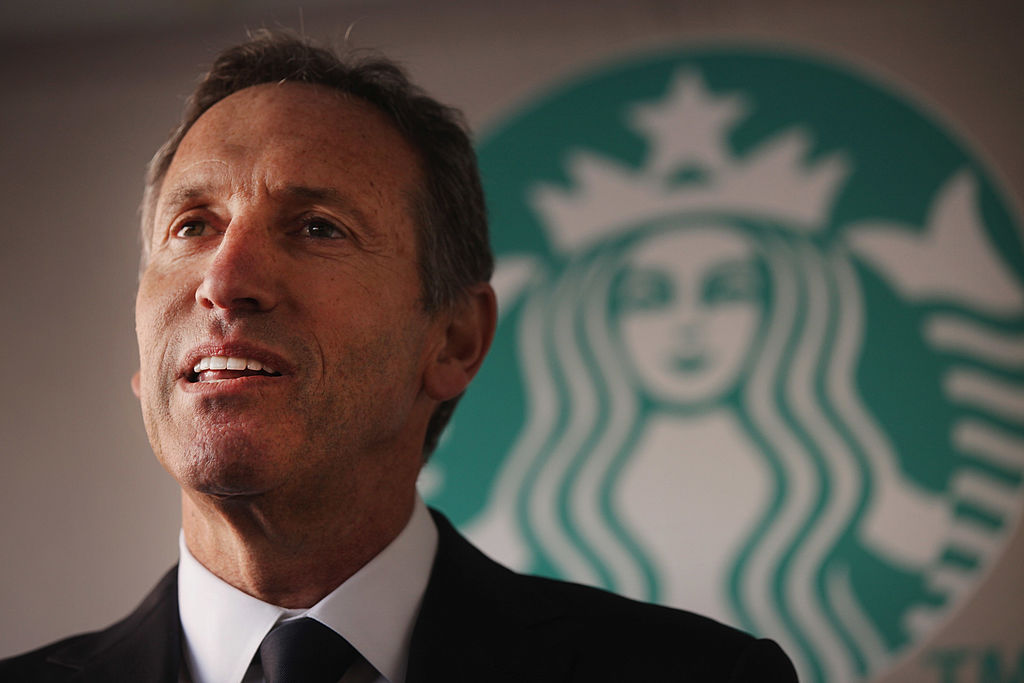
The U.S. economy grew at an annualized pace of 0.6% from the duration (so far) of the Covid-19 pandemic.
That masks some pretty big regional divergences, though trib.al/FivrEZS
That masks some pretty big regional divergences, though trib.al/FivrEZS
Four of the five worst-performing states, with real GDP shrinking at an annual pace of 2.5% or more, have economies dependent on fossil fuels.
The prices of fossil fuels collapsed early in the pandemic trib.al/Z7i82eT
The prices of fossil fuels collapsed early in the pandemic trib.al/Z7i82eT

Overall, the U.S. economy’s center of gravity shifted westward during Covid:
The Northeast’s economy is smaller
The Great Lakes region barely grew
The Southeast modestly outpaced the national average trib.al/Z7i82eT
The Northeast’s economy is smaller
The Great Lakes region barely grew
The Southeast modestly outpaced the national average trib.al/Z7i82eT

Every region west of the Mississippi except the hydrocarbon-rich Southwest grew at more than twice the national pace.
The simplest explanation is that the West is where the tech industry is concentrated — and Big Tech had a great pandemic trib.al/Z7i82eT
The simplest explanation is that the West is where the tech industry is concentrated — and Big Tech had a great pandemic trib.al/Z7i82eT
The increase in real GDP produced by the Far West’s information sector was greater than the region’s overall GDP gain. The sector includes:
➡️ Software
➡️ Gaming
➡️ Most internet enterprises
trib.al/Z7i82eT
➡️ Software
➡️ Gaming
➡️ Most internet enterprises
trib.al/Z7i82eT
Estimates of personal income and per-capita personal income don’t display quite as pronounced a westward tilt over the course of the pandemic, but they show a gusher of money pouring into California trib.al/Z7i82eT 

Overall personal income in California was $342 billion higher in the second quarter of this year than in the fourth quarter of 2019.
That represented nearly 18% of the nationwide increase, flowing into a state with 12% of the country’s population trib.al/Z7i82eT
That represented nearly 18% of the nationwide increase, flowing into a state with 12% of the country’s population trib.al/Z7i82eT

A lot of that money surely went to one part of the state in particular — the tech-centric San Jose-San Francisco area.
But that’s been enough to boost the state as a whole up the per-capita income ranks trib.al/Z7i82eT
But that’s been enough to boost the state as a whole up the per-capita income ranks trib.al/Z7i82eT
Another element in per-capita incomes is population, which in California has fallen by 151,929 people since the fourth quarter of 2019.
This doesn’t change the overall picture much. On a non-per-capita basis South Dakota edges out California 8.9% to 8.6% trib.al/Z7i82eT
This doesn’t change the overall picture much. On a non-per-capita basis South Dakota edges out California 8.9% to 8.6% trib.al/Z7i82eT

As of August, every state but Idaho and Utah still had fewer nonfarm payroll jobs than it had before the pandemic, with California and New York shedding the most in raw numbers and Hawaii and New York the most in percentage terms trib.al/Z7i82eT 

Low-wage workers in big, rich cities seem to have borne the brunt of the pandemic’s employment declines.
Their jobs did require in-person interaction, but because of their low wages, they don’t have a big effect on aggregate GDP or personal income trib.al/Z7i82eT
Their jobs did require in-person interaction, but because of their low wages, they don’t have a big effect on aggregate GDP or personal income trib.al/Z7i82eT

Economic activity and incomes have held up so much better than jobs during the pandemic.
Job numbers shouldn't be ignored. But GDP and personal income point to the continuing strengths of some states that have been hammered on the jobs side trib.al/Z7i82eT
Job numbers shouldn't be ignored. But GDP and personal income point to the continuing strengths of some states that have been hammered on the jobs side trib.al/Z7i82eT
• • •
Missing some Tweet in this thread? You can try to
force a refresh















